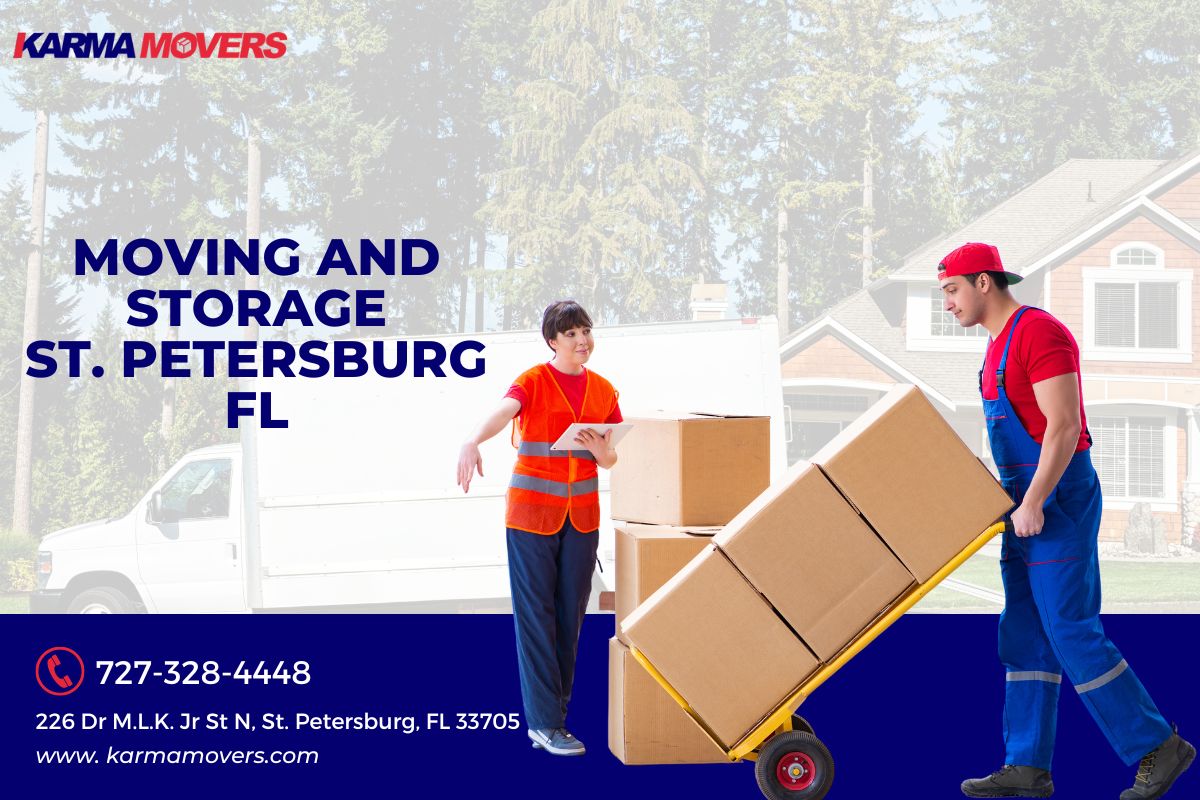
Introduction
When it comes to moving and storage, efficiently packing a storage unit is essential. Whether you are downsizing, renovating, or simply need extra space, utilizing a storage unit effectively can save you time, money, and stress. In this article, we will explore the dos and don'ts of efficiently packing a storage unit to ensure your belongings are organized, protected, and easily accessible.
The Dos and Don'ts of Efficiently Packing a Storage Unit
Dos:
Plan Ahead: Before you start packing your storage unit, take some time to plan and strategize. Make a list of the items you will be storing and determine how they should be packed and organized.
Choose the Right Storage Unit: Consider the size and features of the storage unit you choose. Ensure it has adequate space for all your belongings and opt for climate-controlled units if necessary.
Use Quality Packing Materials: Invest in sturdy boxes, packing tape, bubble wrap, and other packing materials to protect your items during transportation and storage.
Label Everything: Clearly label each box or item with its contents to make it easy to find what you need later on. Use a permanent marker or labels for clarity.
Disassemble Large Items: If possible, disassemble large furniture pieces or appliances to maximize space in your storage unit. Keep screws and small parts in labeled bags attached to the corresponding item.
Create an Inventory: Keep track of all the items you store by creating an inventory list. This will help you stay organized and remember what is stored in your unit.
Utilize Vertical Space: Make use of the vertical space in your storage unit by stacking boxes securely. Place heavier items at the bottom and lighter ones on top.
Protect Fragile Items: Use bubble wrap, packing paper, or blankets to protect fragile items from damage. Place them in sturdy boxes and fill any empty spaces with packing material to prevent shifting.
Cover Furniture: Cover furniture with plastic sheets or moving blankets to protect them from dust, dirt, and scratches.
Create Aisles: Leave enough space between boxes and furniture to create aisles for easy access to your belongings. This will prevent the need to move everything around when you need something specific.
Don'ts:
Overpack Boxes: Avoid overpacking boxes as it can lead to them breaking or becoming too heavy to lift. Use multiple smaller boxes instead of one large box for heavy items.
Forget to Secure Items: Ensure all boxes and furniture are securely closed and stacked to prevent them from falling or shifting during transportation or while in storage.
Store Perishable Items: Do not store perishable items such as food, plants, or liquids in your storage unit. They can attract pests and cause damage.
Neglect Climate Control: If you are storing sensitive items such as electronics, artwork, or documents, opt for a climate-controlled storage unit. Extreme temperatures and humidity can damage these items.
Use Newspaper for Packing Material: Avoid using newspaper as packing material as the ink can transfer onto your belongings and leave stains.
Leave Empty Spaces: Fill any empty spaces in boxes or gaps between furniture pieces with packing material to prevent shifting during transportation or while in storage.
FAQs
1. Can I store hazardous materials in a storage unit? No, it is not safe st petersburg local moving companies or legal to store hazardous materials such as flammable liquids, explosives, chemicals, or gasoline in a storage unit.
2. Do I need insurance for my stored belongings? While most storage facilities have some form of insurance coverage, it is recommended to check with your insurance provider to ensure your belongings are adequately protected.
3. Can I access my storage unit at any time? Most storage facilities have specific access hours, so it's important to check their policies and choose a facility that offers convenient access hours for your needs.
4. How should I pack fragile items to prevent damage? Wrap fragile items in bubble wrap or packing paper before placing them in sturdy boxes. Fill any empty spaces with packing material to prevent shifting.
5. Can I use my own lock for the storage unit? Yes, most storage facilities allow you to use your own lock. Ensure it is a sturdy lock that cannot be easily tampered with.
6. How long can I rent a storage unit for? The duration of rental varies depending on the storage facility. https://posts.gle/gNu6GdBWgz3yJBDg8 Some offer month-to-month rentals, while others may require longer commitments. It's best to inquire about rental terms before making a decision.
Conclusion
Efficiently packing a storage unit requires careful planning, organization, and attention to detail. By following the dos and don'ts outlined in this article, you can ensure your belongings are stored safely, protected from damage, and easily accessible when needed. Remember to plan ahead, label everything, utilize vertical space, protect fragile items, and create aisles for easy access. With these tips in mind, you can make the most of your storage unit and alleviate the stress of moving and storage.